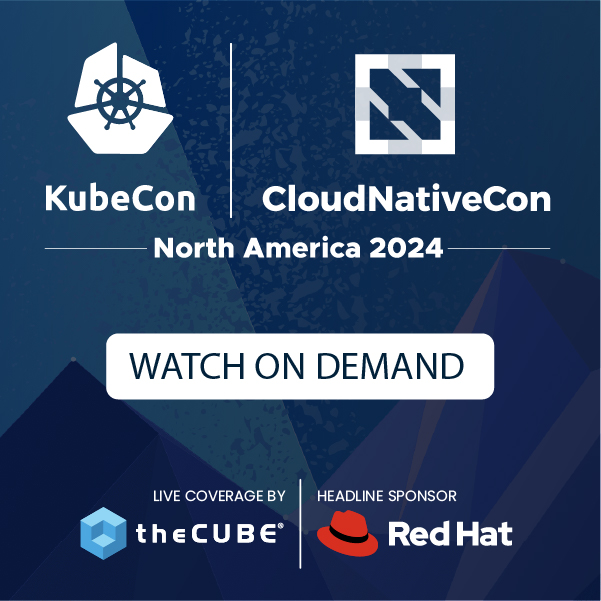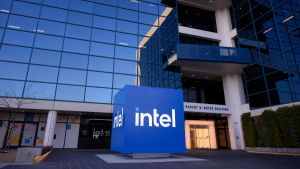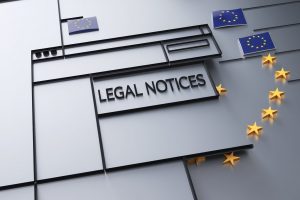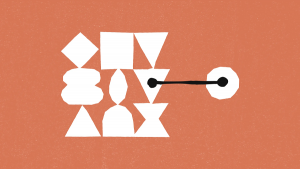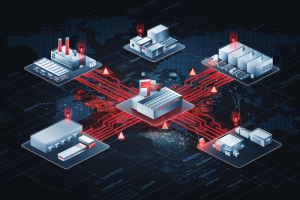Reading the 9/11 Wikileaks is a Little Like Reading a Twitter Timeline
![]() It’s been a sobering morning – after a late night of plotting out the posts to cover the Thanksgiving holidays (so I can actually take a day of), I woke up late this morning to the news of the Wikileaks release of the nation’s 9/11/01 pager and text records.
It’s been a sobering morning – after a late night of plotting out the posts to cover the Thanksgiving holidays (so I can actually take a day of), I woke up late this morning to the news of the Wikileaks release of the nation’s 9/11/01 pager and text records.
I read through the various tech press coverage, this morning before diving in, and the concensus seems to be cautiously so but fairly certain that these are authentic. Declan McCullagh at CBS News says:
It’s impossible to tell whether the logs have been faithfully reproduced in their entirety. But there’s evidence they have been: I spoke to three journalists working on September 11, 2001 whose correspondence appeared in the logs or who were familiar with the messages circulated in their newsrooms that day. All three say the logs appear to be legitimate.
Kevin Poulsen at Threatlevel says:
Wikileaks didn’t identify the source of the messages, but the site has a solid track record for releasing authentic information.
Unencrypted pager traffic has been subject to interception by hackers and others for years — an easyvideo tutorial made the rounds just last May. But Wikileaks implies this data came from an organized collection effort. “While we are obligated by to protect our sources, it is clear that the information comes from an organization which has been intercepting and archiving national US telecommunications since prior to 9/11.”
Be Warned: Reading These Texts Will Take You to a Deeply Personal Place
![]() Reading through them felt at once both slightly scandalous (because, after all, I’m reading others’ private communications), and reminiscent of the very tragic national nightmare we all lived through that day. Watching the communications roll through, it seemed a little bit like what watching a public timeline of Tweets would have been, had the technology existed on 9/11.
Reading through them felt at once both slightly scandalous (because, after all, I’m reading others’ private communications), and reminiscent of the very tragic national nightmare we all lived through that day. Watching the communications roll through, it seemed a little bit like what watching a public timeline of Tweets would have been, had the technology existed on 9/11.
I understand that conspiracy nuts are salivating at the chance to pour through this data with a fine tooth comb, and frankly I likely won’t be interested in what that camp has to say about the data one way or another. If they find data they can pin on a great national coverup, it’ll likely be flimsy, and if they don’t find the data they’re looking for, that’ll be yet another conspiracy.
Aside from my disdain of 9/11 conspiracy theories, I think the release of this data is a good thing, in general. Certainly, there are some privacy issues, and it clearly isn’t legal that these documents have been released (but then, when is anything Wikileaks does outside a grey area of privacy debate?). Occasionally reliving the national tragedy of 9/11 is a healthy thing for Americans, I believe. It puts us back in a mindset when we were all united by emotion, and unshielded by the illusion that we weren’t a part of the rest of the world that had to worry about terrorism and world affairs.
This Data Will Be Useful and Interesting to Non-Truthers as Well.
![]() It’s also a remarkable time and dataset for historians, too. Shortly before the events of 9/11, I had been laid off from Nokia in the midst of one of the worst job markets for technology ever (worse than the current one, I’d even venture to say). Shortly after 9/11, I threw myself almost obsessively into researching everything about what had just happened, from the government reports, to the digital aspects of it, to the movement of “open source intelligence.”
It’s also a remarkable time and dataset for historians, too. Shortly before the events of 9/11, I had been laid off from Nokia in the midst of one of the worst job markets for technology ever (worse than the current one, I’d even venture to say). Shortly after 9/11, I threw myself almost obsessively into researching everything about what had just happened, from the government reports, to the digital aspects of it, to the movement of “open source intelligence.”
If you know where to look, there are already forensic accounts on the web of the events surrounding 9/11 (though, again, a lot of this data has since become polluted and difficult to find due to the “truther” movement), and coupling this pager and texting data with what we’ve already archived will be the stuff of historical archive legend.
To that end, the data that has been provided seems to be database-import-ready and as such will provide an interesting amount of fodder for those who are so inclined to do statistical analysis or trend hunting. I know that a lot of the folks who were part of the communities I joined in those days will be on top of translating to plain English and interpreting the data presented here.
We should be hearing interesting things coming from the data for quite some time to come, and best of all, you won’t need to be a conspiracy nut to appreciate it.
A message from John Furrier, co-founder of SiliconANGLE:
Your vote of support is important to us and it helps us keep the content FREE.
One click below supports our mission to provide free, deep, and relevant content.
Join our community on YouTube
Join the community that includes more than 15,000 #CubeAlumni experts, including Amazon.com CEO Andy Jassy, Dell Technologies founder and CEO Michael Dell, Intel CEO Pat Gelsinger, and many more luminaries and experts.
THANK YOU



